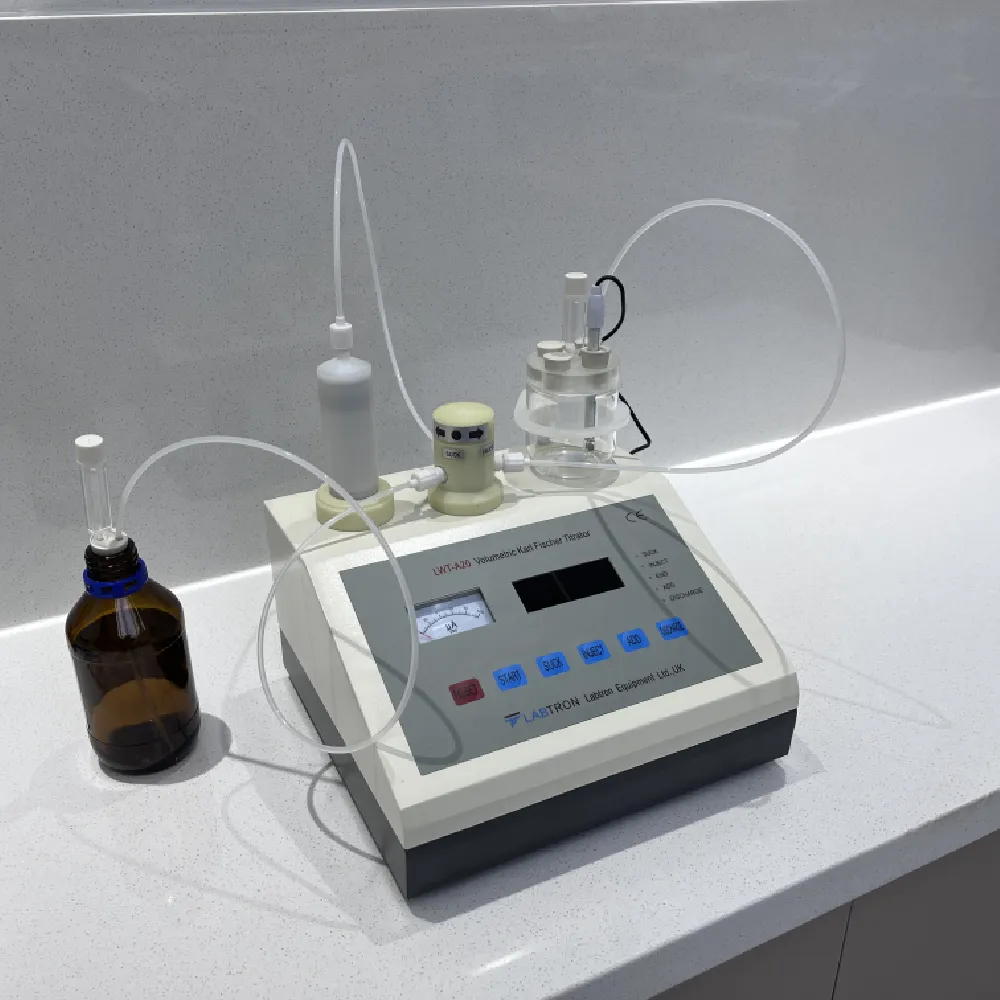 English
English


Testing Short Circuit Impedance in Transformers for Efficient Performance Evaluation
Transformer Short Circuit Impedance Test
The transformer short circuit impedance test is a pivotal procedure employed in the commissioning and maintenance of electrical transformers. This test is essential for determining the performance characteristics and the short circuit behavior of transformer equipment under operational conditions. Understanding the short circuit impedance is crucial, as it impacts the transformer’s ability to handle fault conditions and ensures the overall reliability and efficiency of power systems.
Importance of Short Circuit Testing
Transformers play a vital role in electricity distribution by stepping up or stepping down voltage levels. During a fault condition, such as a short circuit, high currents can flow through the transformer, potentially leading to severe damage. The short circuit impedance test helps to establish how the transformer will behave during such events, allowing engineers to design appropriate protection mechanisms and ensure safe operation.
Test Procedure Overview
The short circuit test involves applying a reduced voltage to the primary winding of the transformer while keeping the secondary winding shorted. The excitation of the primary winding generates a current that flows through the secondary winding, which is kept at a short circuit condition. By measuring the applied voltage and the resulting current, the short circuit impedance can be calculated.
The test is typically carried out at a power frequency, usually 50 or 60 Hz, and the setup includes the necessary instruments to accurately assess voltage, current, and impedance. Safety precautions are paramount during this test, as high currents and potential hazards are involved.
Calculating Impedance
The short circuit impedance (Z) is calculated using Ohm's law, where
transformer short circuit impedance test

\[ Z = \frac{V}{I} \]
Where \( V \) is the voltage applied to the primary winding, and \( I \) is the current flowing through it. The resulting impedance value is often expressed as a percentage of the rated secondary voltage to provide a standardized comparison across different transformers.
Significance of Impedance Values
The impedance value obtained from the test offers crucial insights into the transformer's performance. A higher impedance indicates the transformer is better capable of withstanding short circuit conditions, resulting in reduced fault currents. Alternatively, a low impedance could lead to higher fault currents that may exceed the capacity of other equipment connected to the system.
Furthermore, the short circuit impedance is tied to the transformer's regulation and efficiency. Understanding these characteristics helps in the design of protection systems that prevent damage during fault events, enhancing the robustness of power distribution networks.
Concluding Remarks
The transformer short circuit impedance test is not only a technical necessity but also a regulatory requirement in many regions. It aids in ensuring that transformers operate within safe limits and supports the reliability of the electrical grids. As the demand for energy increases, and the complexity of power systems evolves, the significance of such tests cannot be overstated.
In essence, performing a transformer short circuit impedance test is an integral part of transformer operations, with implications that extend beyond individual units to the reliability and safety of extensive power networks. By understanding and implementing proper testing protocols, engineers can significantly mitigate risks associated with transformer faults, securing not just equipment but also the overall integrity of electrical distribution systems.
-
Differences between open cup flash point tester and closed cup flash point testerNewsOct.31,2024
-
The Reliable Load Tap ChangerNewsOct.23,2024
-
The Essential Guide to Hipot TestersNewsOct.23,2024
-
The Digital Insulation TesterNewsOct.23,2024
-
The Best Earth Loop Impedance Tester for SaleNewsOct.23,2024
-
Tan Delta Tester--The Essential Tool for Electrical Insulation TestingNewsOct.23,2024





